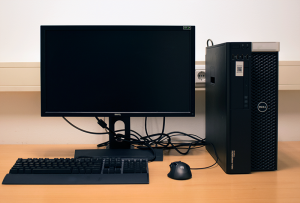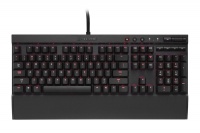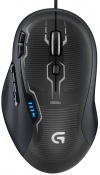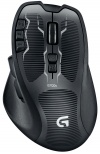Computers
 Typical lab setup | |
| Test Results | |
|---|---|
Lab Computer
All TSG-supported research labs have been equipped with a Dell Precision T-series computer. You can find the exact type of your lab computer printed on the front of the case. The current model is the T3610, of which you can view the simplified specifications below. Consult a member of the TSG if you are not sure which computer you have been using for your past research.

| |
|---|---|
| Dell Precision T3610 | |
| CPU | Intel Quad Core (8 threads), 3.7Ghz |
| Memory size | 8GB |
| Audio | Line out, Line in |
| Network | Gigabit Ethernet |
| Storage | 256GB Solid State Drive (SSD) |
| Optical Drive | Yes |
Graphics Card
The lab computers are, by default, equipped with an Nvidia GeForce GTX 770 graphics card. Some T3600 models, however, use a GeForce GTX 760 instead, and the new T5810 comes with a GeForce GTX 970. Contact our administrator if you want to be sure which card is installed.
Software
Keyboard

| |
|---|---|
| Corsair Vengeance K70 | |
| Keyboard Layout | US-International QWERTY |
| Key Switches | Cherry MX Red |
| Actuation Force (g) | 45g |
| Polling Rate | 1000hz |
| Chassis | Black anodized aluminum |
| USB Pass-through | Yes (USB 2.0) |
| Multimedia Controls | Yes |
| Backlight | Yes[fn 1], Red |
| Win Lock | Yes |
| Test Results | |
| Button response time | 1ms |
- ↑ Can be switched on/off per key.
Keyboard Layout
The keyboard mapping in Windows is set to United States-International. Installed languages are Dutch and English, the default is Dutch. To switch between languages or keyboard mappings, press the Windows-Key + spacebar. Hold Windows-key and press spacebar to loop through the available settings.
Special characters: press " followed by a, e, i, o, or u to get ä, ë, ï, ö, ü
Press ' followed by a, e, i, o, or u to get á, é, í, ó, ú.
Press ` followed by a, e, i, o, or u to get à, è, ì, ò, ù.
Press ^ followed by a, e, i, o, or u to get â, ê, î, ô, û.
Press ' followed by c to get ç.
Press ~ followed by n to get ñ.
Pressing ", ', `, ^ or ~ followed by spacebar will result in a single ", ', `, ^ or ~. Most likely, you can just continue typing: if the next character doesn't exist with an accent character, ", ', `, ^ or ~ will preceed the next character; for example pressing ' followed by s will result in the expected 's.
Press and hold AltGr (right Alt on our lab keyboard), then press s, and you will get ß as result.
Tip: if you think it is annoying that a single press on ' or " does not result in the character, think that you probably also need a ' or a " at the end of a string. Then, press ', or " twice to get double quotationmarks. Then use the left arrow to move the carret between the quotation marks and type the string between the quotation marks.

